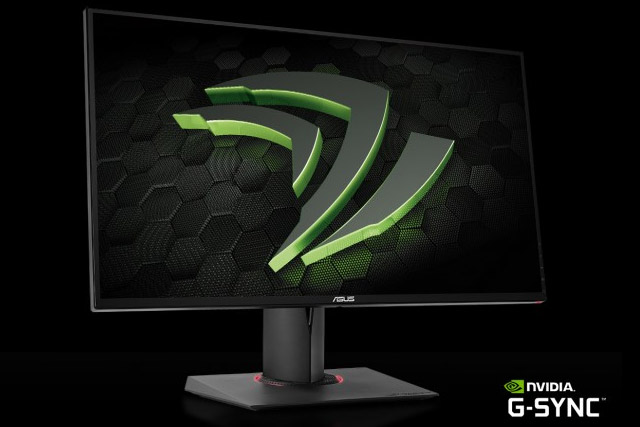
The bug in question seems to stem from running G-Sync on monitors at refresh-rates of 144Hz and above. In those cases, users reported that even idling frequencies of the GPU jumped to much higher levels and the power draw from the GPU increased dramatically, despite there not being much going on with the PC as a whole.
The difference can be quite stark, too, with PCPer reporting that while raising the refresh-rate from 60Hz to 100Hz and 120Hz makes almost no difference to the system’s power draw, jumping up to 144Hz or more sees it almost double.
Related: G-Sync promises to make games buttery smooth, but does it really work? We tested
This is surprising since Nvidia’s solution for syncing frame rates takes place within the monitors themselves, meaning the system shouldn’t be affected by the monitor syncing higher frame rates, as other solutions might. But in this case that’s exactly what’s happening.
Nvidia has acknowledged the issue, stating that the tests conducted showed that there was a bug in the way the GPU was managing clocks for G-Sync at high refresh-rates. It’s promised that a fix is in the works however, so those with the latest hardware and the newest high refresh-rate monitors won’t be affected for long. Users suffering with this problem can expect a fix to appear in the next driver release from the green GPU maker.
Have you got one of the new high refresh-rate monitors released by the likes of ASUS? If so, have you run into any issues with higher power draw than expected?
Editors' Recommendations
- Nvidia RTX 40-series will let you ramp up the power draw for more performance
- The Nvidia RTX 3090 Ti could draw way more power than the RTX 3090
- More G-Sync Ultimate monitors could be coming with Nvidia’s lower requirements
- Nvidia to bring more power to laptops with notebook graphics refresh in March
- LG brings Nvidia’s G-Sync to its entire lineup OLED TVs at CES 2020




